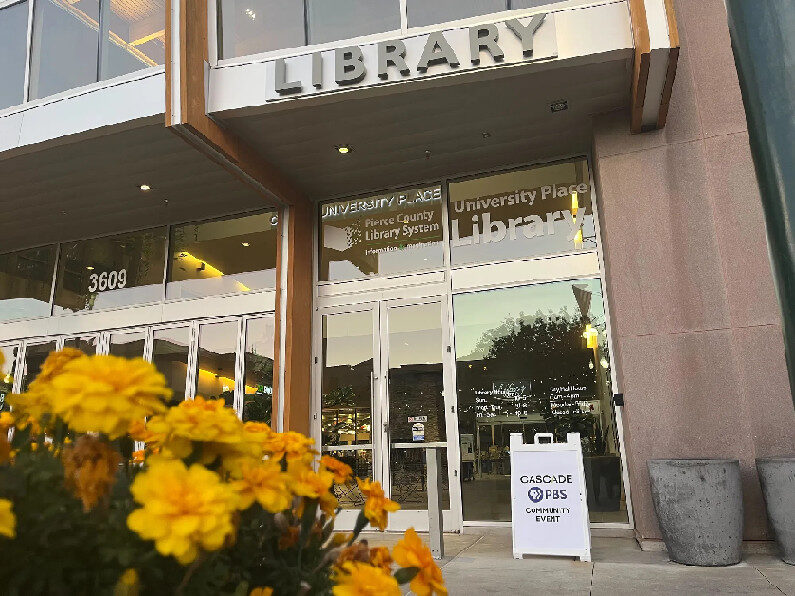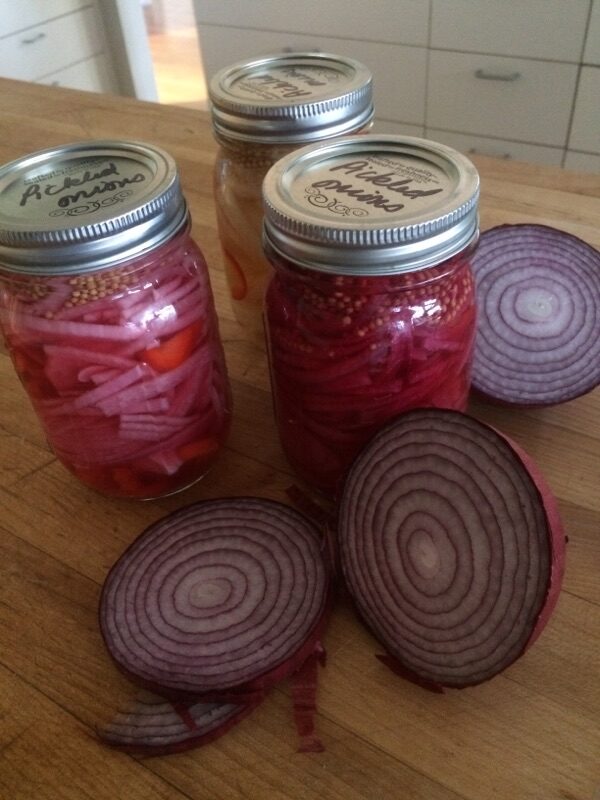It is not possible to tell from the outside whether a wound will heal without problems under the dressing or whether bacteria will penetrate the injured tissue and ignite an inflammation. To be on the safe side, disinfectant ointments or antibiotics are applied to the wound before the dressing is applied. However, these preventive measures are not necessary in every case. Thus, medications are wasted, and wounds are over-treated.
Even worse, the wasteful use of antibiotics promotes the emergence of multi-resistant germs, which are an immense problem in global healthcare. Researchers from the technology research firm, Empa, want to change this. They are developing a dressing that autonomously administers antibacterial drugs only when they are really needed.
The idea is that the dressing should be “loaded” with drugs that will react to environmental stimuli, such as the heat of the wound. “In this way, wounds could be treated as needed at exactly the right moment,” explains Empa researcher, Fei Pan. As an environmental stimulus, the team chose a well-known effect: the rise in temperature in an infected, inflamed wound.
Perfect mixture
The team had to design a material that would react appropriately to this increase in temperature. For this purpose, a skin-compatible polymer composite was developed made of several components: acrylic glass (polymethyl methacrylate, or PMMA), which is used, for example, for eyeglass lenses and in the textile industry, and Eudragit, a biocompatible polymer mixture that is used, for example, to coat pills. Electrospinning was used to process the polymer mixture into a fine membrane of nanofibers. Finally, octenidine was encapsulated in the nanofibers as a medically active component. Octenidine is a disinfectant that acts quickly against bacteria, fungi and some viruses. In healthcare, it can be used on the skin, on mucous membranes and for wound disinfection.
Shattering glove analogy
“In order for the membrane to act as a “smart bandage” and actually release the disinfectant when the wound heats up due to an infection, we put together the polymer mixture of PMMA and Eudragit in such a way that we could adjust the glass transition temperature accordingly,” says Fei Pan. This is the temperature at which a polymer changes from a solid consistency to a rubbery, toughened state. Figuratively, the effect is often described in reverse: If you put a rubber glove in liquid nitrogen, it changes its consistency and becomes so hard that you can shatter it like glass with one blow.
When inflammation kicks in and the skin heats up above its normal temperature, the polymer changes from its solid to a softer state. Another advantage: The process is reversible and can be repeated up to five times, as the process always “switches itself off” when it cools down. Following these promising initial tests, the Empa researchers now want to fine-tune the effect. Instead of a temperature range of four to five degrees, the smart bandage should already switch on and off at smaller temperature differences.
Smart and unsparing
More laboratory experiments are now in the pipelines. Team leader Qun Ren has long been concerned with germs that nestle on a skin wound. “In this biological setting, a kind of no man’s land between the body and the dressing material, bacteria find a perfect biological niche,” says the Empa researcher. In the most recent experiments, the number of bacteria was reduced roughly 1000-fold when octenidine was released from the smart dressing.
“With octenidine, we have achieved a proof of principle for controlled drug release by an external stimulus,” said Qun Ren. In the future, she said, the technology could be applied to other types of drugs, increasing the efficiency and precision in their dosage.

















